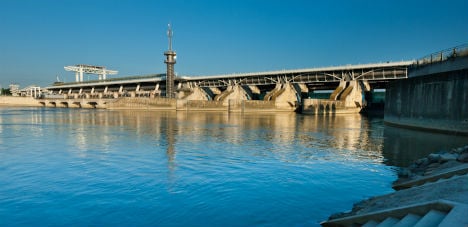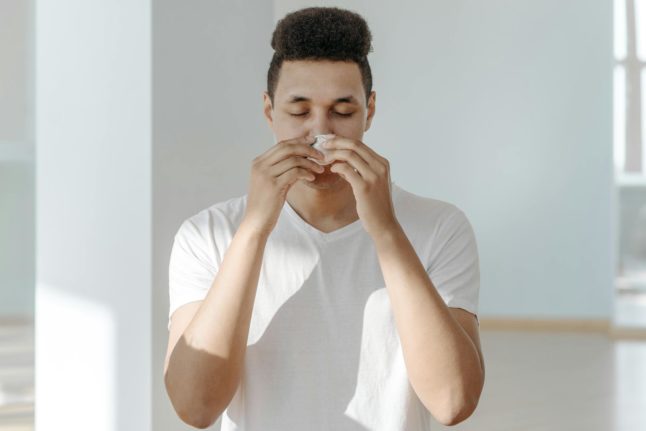“We have invested heavily to boost energy efficiency and to expand renewables,” said Erwin Pröll, the governor of 1.65-million-strong Lower Austria.
“Since 2002 we have invested €2.8 billion ($3.0 billion) in eco-electricity, from solar parks to renewing (hydroelectric) stations on the Danube,” Pröll told a news conference on Thursday.
The state in north eastern Austria now gets 63 percent of its electricity from hydroelectric power, 26 percent from wind energy, nine percent from biomass and two percent from solar.
In Austria as a whole, which voted against nuclear power in a 1978 referendum, 75 percent comes from renewables and the rest from fossil fuels.
Lower Austria has also created 38,000 “green jobs”, Pröll said, which the state aims to increase to 50,000 by 2030.
The announcement comes ahead of a gathering of world leaders in Paris in December aimed at reaching an ambitious global deal to tackle climate change.
“This is a clear and credible sign against nuclear power in Europe… We are a model for Europe”, Lower Austrian MP Stephan Pernkopf (ÖVP) said. “In Paris, only five percent of the city's electricity needs are met by renewables.”




 Please whitelist us to continue reading.
Please whitelist us to continue reading.
Member comments